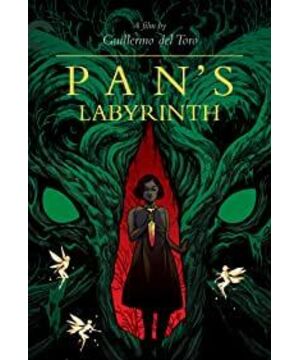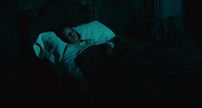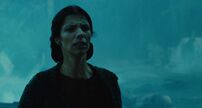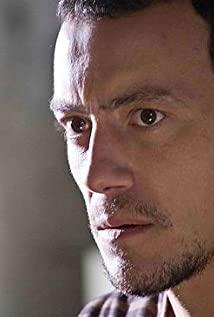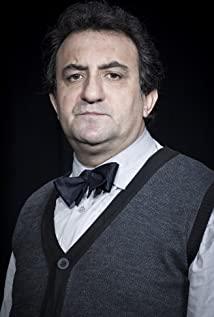The reason I'm interested in this movie is because the producer is Alfonso Cuaron, the director of my favorite adaptation of Harry Potter and the Prisoner of Azkaban. The most apparent connection between the two films is the frequent occurrence of rainy days and night scenes, so it is easy for me to feel intimacy.
At this time, I was so sleepy that it was difficult for me to give a long explanation of the movie, so I could only write down the main points and leave it to myself in the future, maybe I could have a deeper understanding.
1. First of all, the last narration and the blooming of dead trees prove that this is indeed a fairy tale, rather than falling into the stereotype of "the protagonist is schizophrenic" and "everything is self-deceiving imagination".
(In materialist red China, all the bizarreness in the ghost-themed movies is attributed to the psychological obstacles and fantasies of the protagonist, which is boring.)
2. The three challenges of the God of Agriculture and Shepherd are to test whether the princess has Contaminated with human habits, lost spiritual power. I think the first challenge, where the princess crawls in a filthy tree hole and feeds the toad with gems, should be to test whether she is tainted by human vanity. Do you dare to deface your gorgeous clothes and shoes in order to bring an ancient tree back to life? In the film, the mother's admiration for her new clothes and shoes is emphasized, and she says, "How can I have such good clothes when I was a child", which undoubtedly expresses human vanity and obsession with appearance decoration. The second challenge is also the challenge that the princess actually failed - to stick to her own goals and resist the disturbance and temptation of human greed. The food on the table is the many desires of human beings, and the alien with eyes on the hands symbolizes the human beings who have eyes but no pearls and are driven only by the hand of desire. The princess failed to resist the temptation, ate two grapes, almost couldn't return to the real world, and was almost abandoned by the god of agriculture and shepherds. The third challenge is the biggest challenge and a turning point in the plot, that is, whether the princess is willing to sacrifice innocent lives in exchange for power, and whether she has learned the despicable human behavior of harming others and selfishness, and doing everything possible to achieve her goals. In the end, the princess would rather sacrifice herself than hurt an innocent baby, and passed the trial of the god of agriculture and shepherds.
3. The last challenge reminds me of the novel "The Book of Lost Items", where the boy David also refused to sacrifice innocent lives (refused to reveal his brother's name), but was thus redeemed.
4. Victory ultimately belongs to idealism. While in the real world the Nazi pistol mercilessly kills the protagonist, in the idealistic world, she is crowned king.
PS I bleed more than her today. = = Give me some good luck too.
View more about Pan's Labyrinth reviews


